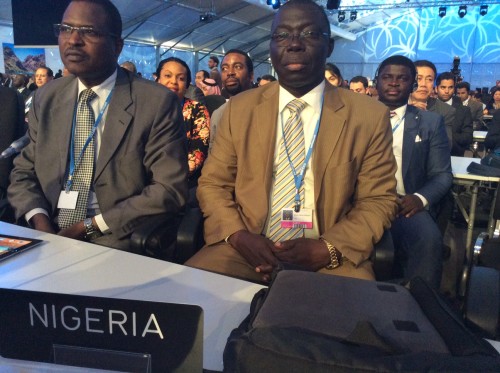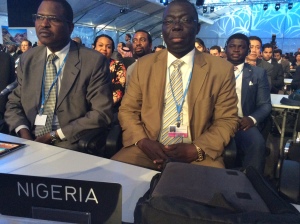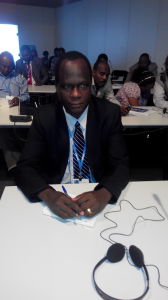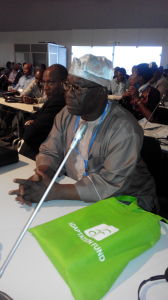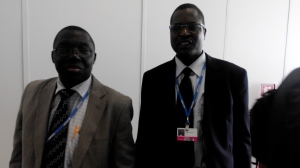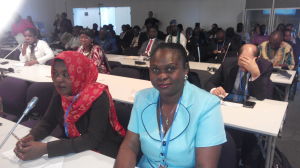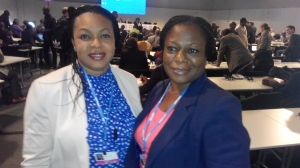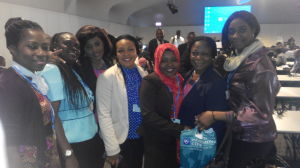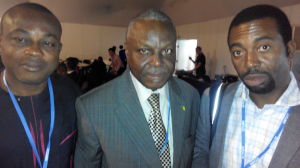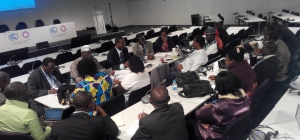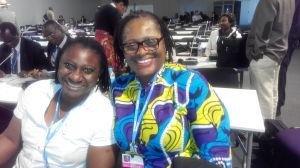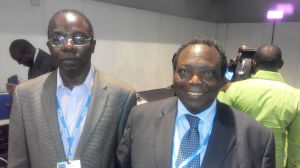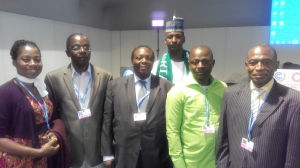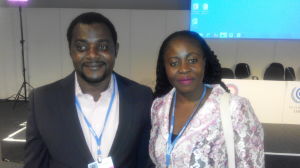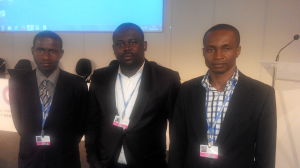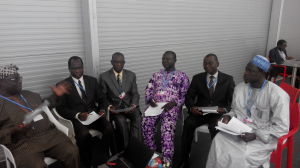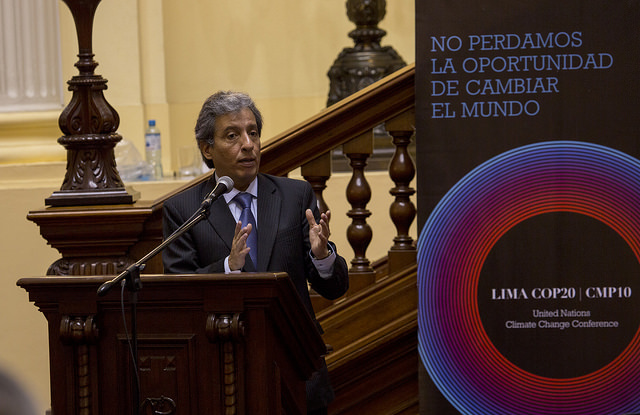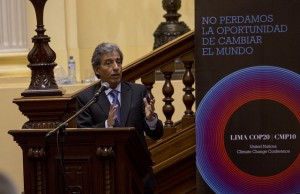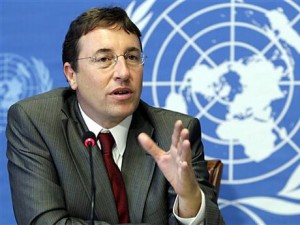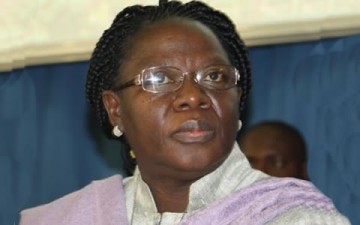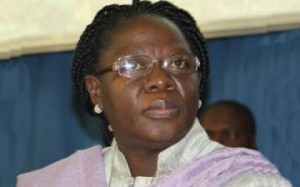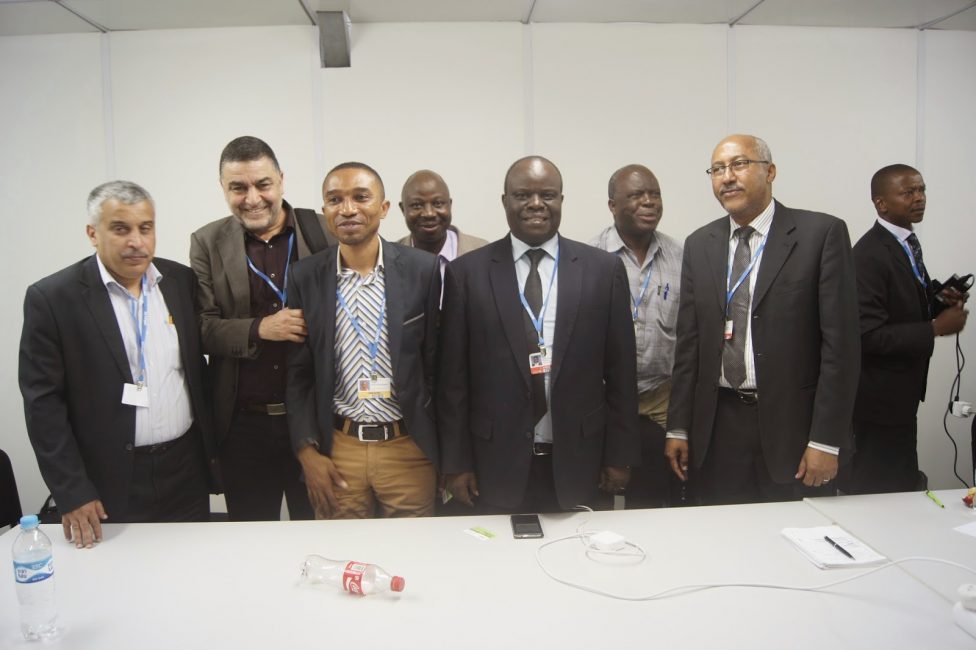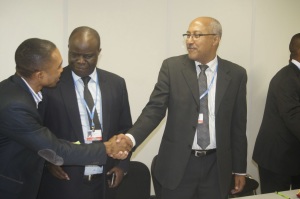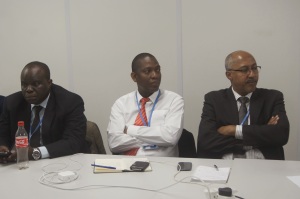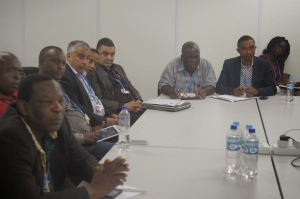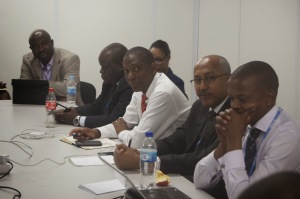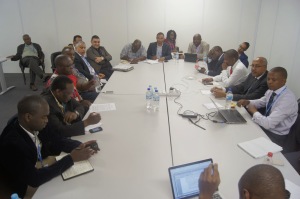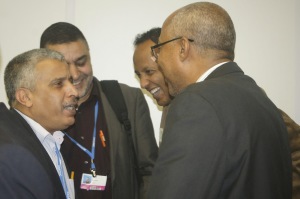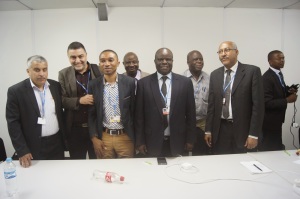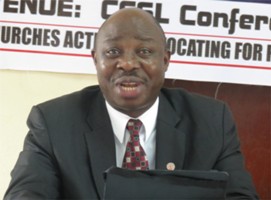The International Tribunal for the Rights of Nature judged 12 international and domestic cases in Lima, Peru on the sidelines of the COP 20 UN Climate Change Conference
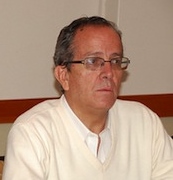
Alberto Acosta, president of the Tribunal for the Rights of Nature and former president of the Constitutional Assembly of Ecuador, decided to admit, expand and solve 12 cases. In all of them, the Tribunal identified the violation of the rights of peoples and nature, cases presented on the 5th and 6th of December in the Gran Hotel Bolivar in Lima, and it determined to expand the evidence, and even conform international commissions and special sessions.
The judgments have been rendered having as a legal frame the Rights of Nature and the Universal Declaration of the Rights of Mother Earth. “The rights of nature must have a universal validity,” he said.
The Tribunal has condemned Chevron-Texaco in Ecuador for using “inappropriate technology and causing irreversible damage”. It urges the corporation to proceed to a full compensation of the area, and accuses the State for allowing this exploitation. The Peruvian case of Conga was accepted and it was determined to appoint an international special commission to visit the area to collect more information. For the contamination in the four Amazonian basins (block 192), the Tribunal called for the creation of a special session in Peru for the case is to be judged; that same judgment was rendered in the case of Bagua in Peru. After the concurring opinion of the judges, all Peruvian cases were accepted as threats of violation to the rights of nature.
On climate change, the Tribunal decided that more evidence is to be collected at a hearing in Paris in 2015 to coincide with the upcoming summit, COP21. The Tribunal also considers it necessary to express to the UN its concern about a scenario that includes the use of high-risk energy. Also, the government of Queensland, Australia was convicted for violating the rights of the nature of the Great Barrier Reef.
Oil exploitation in the Yasuni was also convicted through the ratification of the two previous judgments, and the popular initiative promoted by the group of Yasunidos was supported. The Tribunal also condemned the constant persecution of this group. Another case that was judged was the mining project in the Cordillera del Condor. The Tribunal determined that it is essential to suspend mining, compensate those affected; and urged the State to investigate and punish those responsible for the death of José Tendentza. In commemoration of this social activist, the Tribunal held in Lima will bear his name.
‘Baguazo’
On Saturday, the Tribunal opened a hearing on the case of Bagua, of which five years after it started, 52 indigenous leaders have cases filed against them. Ismael Vega, anthropologist from the Centro Amazónico de Antropología y Ampliación Práctica (CAAAP) called the ‘Baguazo’ an “emblematic case”, because according to the expert, since this case could happen again if existing policies and conditions are not modified. “Bagua makes visible the mismatch between the indigenous population and the state. This lack of dialogue still exists,” sentenced Vega.
Miguel Jugo, from the National Coordinator of Human Rights, mentioned the context that motivated the protests. The “Law of the Jungle” refers to the application of 10 legislative norms and laws under the context of the Free Trade Agreement (FTA) between Peru and the USA, laws that dealt with the lives of indigenous peoples. As a result, in 2008 began the protests of the Amazonian indigenous peoples, which were confronted by government forces. Jugo alleged irregularities surrounding the trial of the indigenous people, “the judgment is contrary to the Convention 169 of the International Labor Organisation (ILO) and the preliminary investigation was even conducted without translators”. Jugo added, “There is no evidence against the 52 processed people”.
‘Fracking’
“You cannot do safe hydraulic fracking. This technique should have never been invented. It is one of the most destructive activities against the environment ever seen,” said Shannon Biggs blunt, director of Movement Rights. The American specialist says there are 800,000 active oil and gas wells in this country, and about 300,000 natural gas barrels produced per day. Biggs alerted about the water pollution due to chemicals used, as a result of using this technique. It also highlights that fracking causes earthquakes in areas that had never experienced this phenomenon. Camp Casey, American Indian from Oklahoma, laments: “We die for the use of fracking. The population is suffering from cancer; my sister has died. The water is contaminated; we cannot fish. We are in danger of extinction.”
From Bolivia, plans to develop large-scale hydraulic fracking on their soil were also reported. In recent years the country has increased the production and export of natural gas; during the years 2000-2012 it increased by 382.6%. However, it exports 82.4% of its production. Also, the export of this hydrocarbon generates more than six billion dollars a year, as reported by the specialist Martin Vilela, Platform Climate Reaction.
Bolivia has 8.23 trillion cubic feet of gas, and YPFB plans to invest 40,670 million between 2013 and 2015. Vilela explained that in 2013 this corporation signed an agreement for fracking in the Chaco area, a region with water scarcity. If it starts, the extraction of 48 trillion cubic feet of shale gas would consume between 112 and 335 billion liters of water.
False solutions to climate change and REDD
The Tribunal heard two related cases, one on climate change and its false solutions and one on the mechanisms for Reducing Emissions from Deforestation and Forest Degradation (REDD+). In the case of climate change, the case of contamination and temperature rise affecting Nigeria was exposed. This continent has oil fields and pipelines that have caused a deep environmental degradation, deforestation, and countless oil spills, among others. This deplorable living conditions have caused life expectancy in this area is 44 years.
Added to this, the ravages of climate change may have catastrophic consequences. Nigerian activist Nnimmo Bassey says: “For every degree the temperature rises globally, in Africa, it will increase an additional 50%”. In 2012 floods in Nigeria led to the relocation of 6 million inhabitants. The activist says that in 2030 Africa violent conflicts will increase by 54% due to the lack of access to natural resources.
At the hearing against false solutions, geoengineering techniques that seek to manipulate climate without changing the conditions that cause climate change were reported.
REDD+ was also put on trial. In Brazil the existence of this mechanism is very present. The Ninawa Apu complained, saying: “REDD presents a liar proposal. We do not accept to market nature because it is our soul and spirit; it is priceless, it is our voice.” Ruth Nyambura, environmentalist from Biodiversity Network Africa, says that in Kenya, as a result of REDD, evictions occur: “Four indigenous people were arrested and a woman was hit by the forest service because she was outside of her land.”
The Australian Great Barrier Reef
This reef is the world’s largest coral system. It is the largest structure made by living organisms that can be seen from space. It is considered World Heritage by UNESCO, institution that warned the government in 2011 threatening this unique natural system by the expansion of ports, especially for exporting coal, dredging, sediment, and agricultural and industrial developments close to it. Erin Fitz, from the National Alliance, condemned the violation of rights of the coral reef, and stressed the great biodiversity that could be destroyed: “This reef is composed of more than 600 types of coral and over 100 species. The Tribunal issued a final judgment in this case.”
Oil exploitation of Yasuni
Since 2013, the Ecuadorian government allowed oil drilling in Yasuni National Park, one of the most biodiverse areas in the world, home to 2 indigenous nationalities in voluntary isolation.
The fact provoked a group of young (Yasunidos) to join and protest and claim for the rights of nature which are guaranteed in the Constitution of Ecuador. Yasunidos collected more than 800,000 signatures to call for a referendum about oil exploitation in the Yasuni; but the request was rejected because the electoral institutions invalidated fraudulently more than 60% of the signatures.
For all of these events, Yasunidos has sued the Ecuadorian government, led by President Rafael Correa, before the Inter-American Commission on Human Rights (CIDH) and are awaiting for their complaint to reach the Tribunal.

